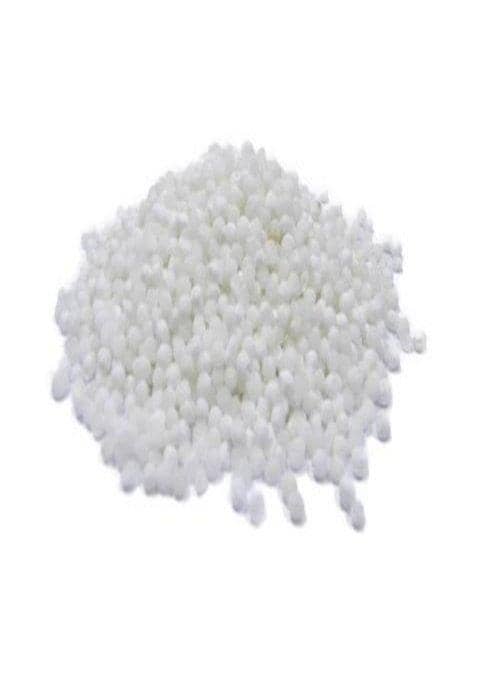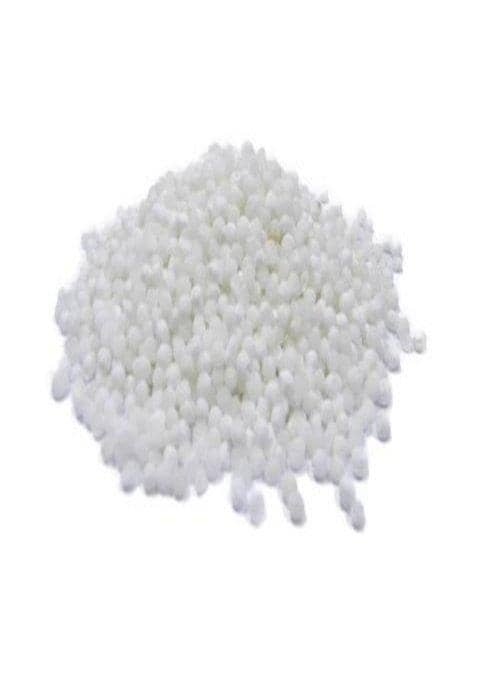
- Description
- Review
Description
In various Asian countries, tapioca pearls are widely used and are known as sagudana, sabudana, sago or shabudana. It is a favourite breakfast and evening snack option in Indian households. Sabudana khichdi, sabudana pakoda or sabudana kheer are served at Indian dinner tables quite often.
Tapioca is a good source of protein, which helps with muscle building, healing and strengthening. So vegetarians, turn to sabudana for your daily protein intake. Tapioca is rich in iron and calcium, which helps maintain bone health. You can prevent osteoporosis and other bone conditions by adding a regular dose of tapioca to your diet.
Do you have guests coming over without prior notice and you are unsure of what to serve them? Among the many quick recipes that you can churn out, Sabudana Khichdi, Sabudana Vada, or Sabudana Kheer are the ones that will have your guests raving for more!
But, what is Sabudana? Let us learn about Sabudana, the humble ingredient commonly found in most Indian kitchens.
What is Sabudana
Sabudana, also called sago, is a form of tapioca. When starch is extracted from tapioca roots and processed, we get spherical pearls that are then dried.
These dried tapioca pearls are called sabudana.
Sabudana is an instant energy booster and therefore people consume it during fasts In the form of Sabudana Papad, Sabudana Potato Vada, Sabudana Kheer, or Sabudana Khichdi.
Texture of Sabudana
Sabudana balls are hard but transform into a soft and chewy texture once cooked.
Health benefits of Sabudana
Sabudana is loaded with proteins, carbohydrates, calcium, iron, vitamin K, and potassium.
- Sabudana is a rich source of protein and therefore vegetarians can add it into their diet daily to meet the protein requirements.
- It is a gluten-free carbohydrate rich food that provides instant energy.
- Sabudana is easily digestible and therefore very light on the stomach.
- Sabudana has a good calcium content and good for bone health. Adding it to your diet regularly can help reduce the risk of osteoporosis.
Here is the recipe for the yummy and sumptuous Sabudana Khichdi.
Recipe of Sabudana Khichdi- Serves two people
Ingredients
- Sabudana pearls- 1 cup
- Cumin seeds or mustard seeds- 1 ½ teaspoon
- Potato (cut into small pieces)- 1 medium-sized
- Curry leaves- 6 to 7
- Raw peanuts or salted peanuts- 1 tablespoon
- Turmeric powder- ½ teaspoon
- Salt- As per taste
- Green chilies (finely chopped)- 2
- Cilantro finely chopped- 1 tablespoon
Method
- Rinse Sabudana in a strainer until the water runs clear. This removes starch that makes sabudana clumpy.
- Soak Sabudana for at least 4 hours. Soaking sabudana is an important step, otherwise the khichdi becomes very sticky. Add water just to submerge sabudana and not more.
- Once soaked, the sabudana must be soft upon pressing. And also, the Sabudana must have absorbed all the water. Let it remain soaked if it is not soft.
- In a thick-bottomed pan, add oil or ghee. Keep it on a low medium heat and when the oil becomes hot, add cumin seeds. You can also optionally use mustard seeds in place of cumin seeds.
- Next, add curry leaves and green chilies. Fry for 20 seconds before adding potatoes and salt. You can also add turmeric powder.
- Cook well till potatoes turn tender.
- Now, add peanuts and fry till they turn crispy (5-7 minutes). Keep stirring so that the peanuts do not get fried more than required. You can also use the already roasted or salted peanuts if you do not want to fry the raw peanuts.
- Next, add sabudana. Cook for about 3 minutes. Stir only once or twice.
- You will see the sabudana pearls turning translucent. Switch off the heat.
- Sprinkle chopped cilantro and relish to your heart's content. Sabudana Khichdi is best enjoyed with a bowl of plain or sweetened yogurt.
Important
People having diabetes should avoid consuming Sabudana as it has a high amount of starch. This may lead to a rise in blood sugar levels.
Looking where to buy Sabudana or buy Sago Seeds online in Canada? We offer home delivery everywhere in Canada.
